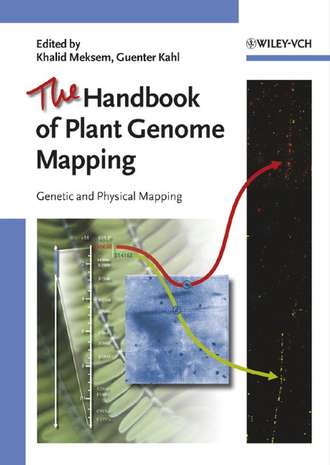The Handbook of Plant Genome Mapping
Guenter Kahl
While the complete sequencing of the genomes of model organisms such as a multitude of bacteria and archaea, the yeast Saccharomyces cerevisiae, the worm Caenorhabditis elegans, the fly Drosophila melanogaster, and the mouse and human genomes have received much public attention, the deciphering of plant genomeswas greatly lagging behind. Up to now, only two plant genomes, one of the model plant Arabidopsis thaliana and one of the crop species rice (Oryza sativa) have been sequenced, though a series of other crop genome sequencing projects are underway. Notwithstanding this public bias towards genomics of animals and humans, it is nevertheless of great importance for basic and applied sciences and industries in such diverse fields as agriculture, breeding in particular, evolutionary genetics, biotechnology, and food science to know the composition of crop plant genomes in detail. It is equally crucial for a deeper understanding of the molecular basis of biodiversity and synteny. The Handbook of Genome Mapping: Genetic and Physical Mapping is the first book on the market to cover these hot topics in considerable detail, and is set apart by its combination of genetic and physical mapping. Throughout, each chapter begins with an easy-to-read introduction, also making the book the first reference designed for non-specialists and newcomers, too. In addition to being an outstanding bench work reference, the book is an excellent textbook for learning and teaching genomics, in particular for courses on genome mapping. It also serves as an up-to-date guide for seasoned researchers involved in the genetic and physical mapping of genomes, especially plant genomes.
- Категория: зарубежная образовательная литература
- Правообладатель: John Wiley & Sons Limited
- Возрастное ограничение: 0+
- ISBN: 9783527604432
- Легальная стоимость: 30305.80 руб.





